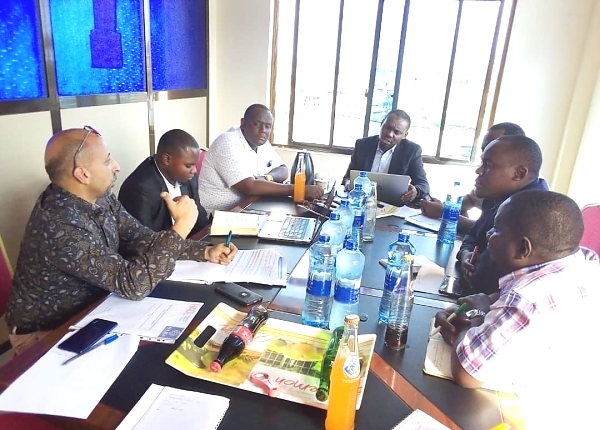-
News & Events29 Sep, 2024 Maga Beach Cleanup in World Cleanup Day
-
Training05 Apr, 2023 Third Sectors Support
-
Training05 Mar, 2023 Business Development Consultancy
-
Training08 Feb, 2023 What Is Good Leadership in Schools?








